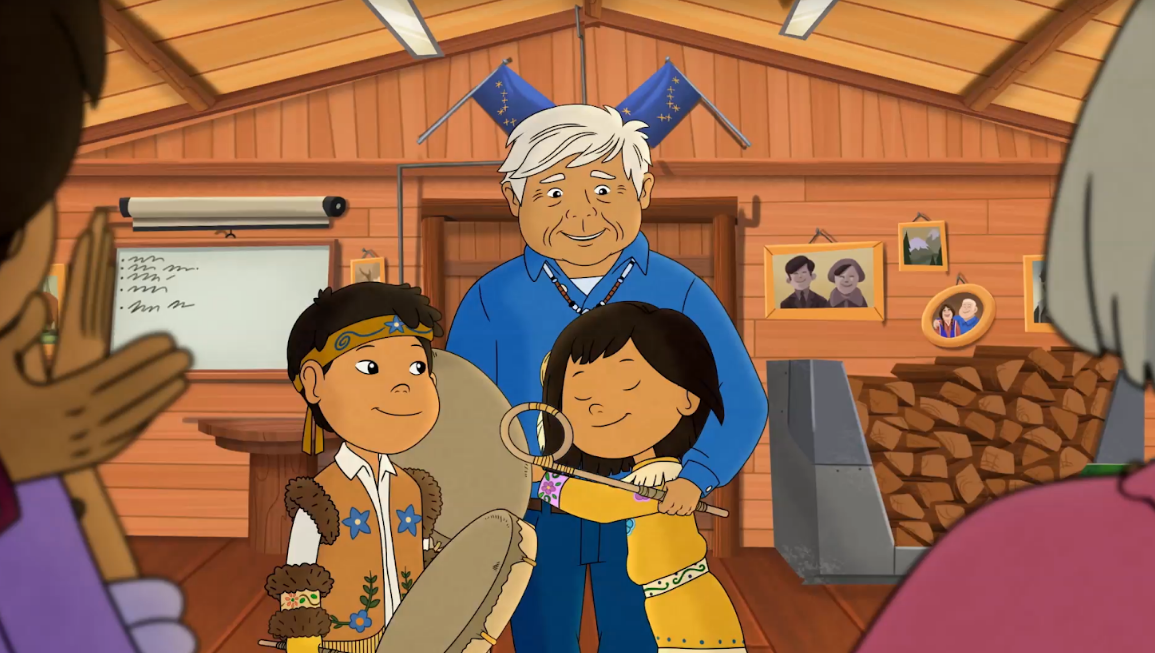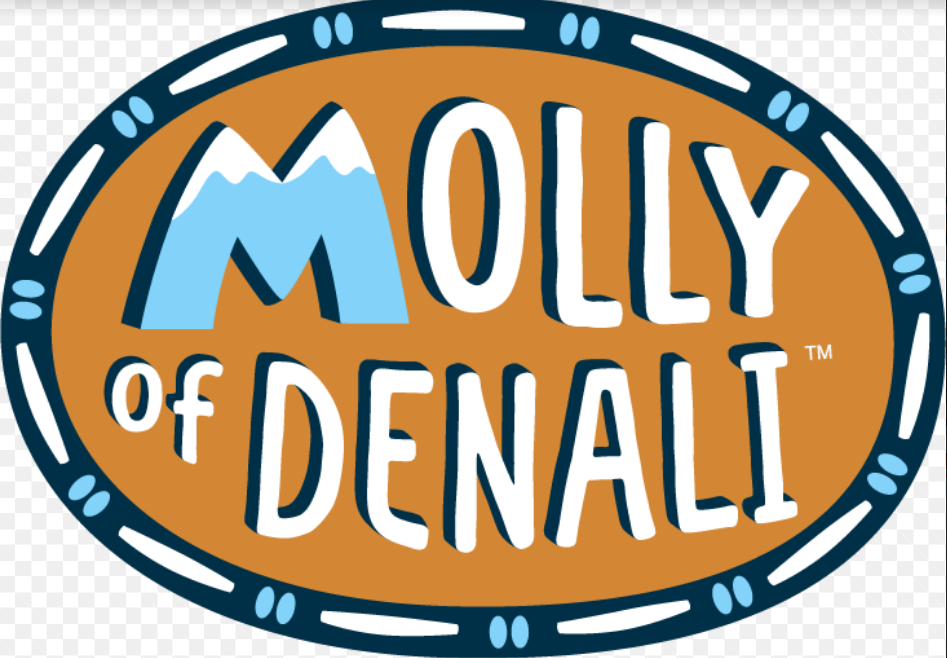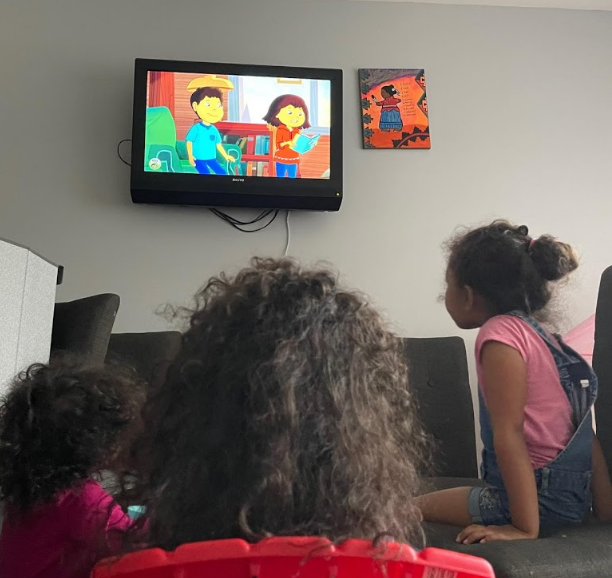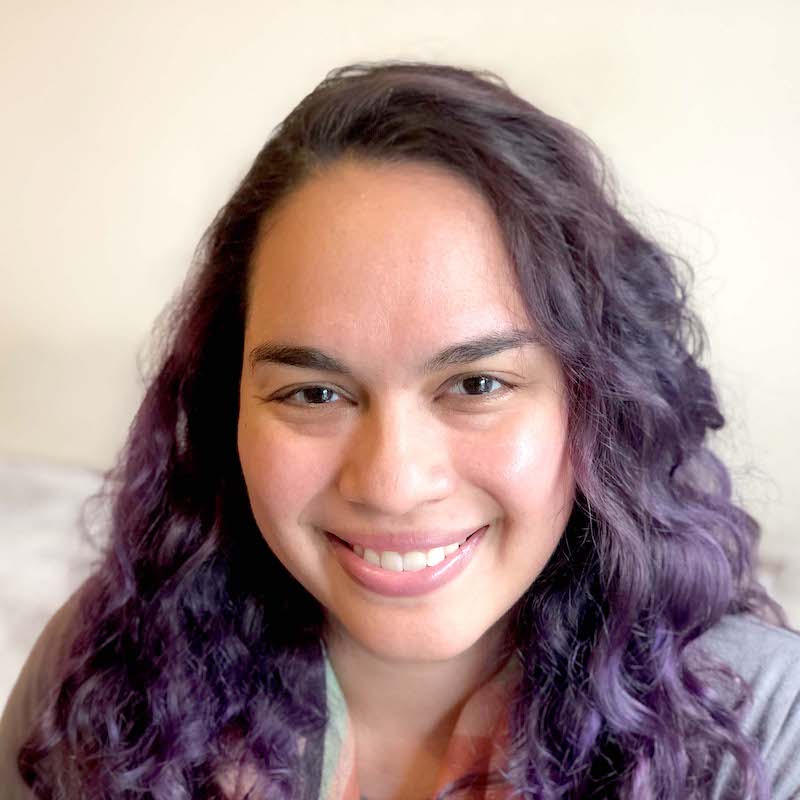
- Details
- By Monica Whitepigeon
PBS KIDS' Molly of Denali, the first U.S. nationally distributed children’s series with an Alaska Native lead, continues its groundbreaking work in childhood development with the release of the first-ever study that connects children’s understanding of informational text to digital media.
Informational text, or text meant to inform, can be challenging for young readers to understand as they are more familiar with narrative stories. However, when digital media is intentionally designed to have characters solve real-world problems using informational text, early learners’ engagement and comprehension skills are more likely to increase.
The action-adventure show follows 10-year-old Molly Mabray, voiced by Sovereign Bill (Tlingit and Muckleshoot), who helps her parents at their trading post and goes on daily adventures with her friends and dog in the fictional village of Qyah, Alaska. Throughout the show, Molly uses various forms of informational text in her everyday life and applies her new knowledge to craft DIY projects, follow recipes to sharing her vlog.
In the report, “Mahsi’choo for the Info! Molly of Denali Teaches Children About Informational Text,” revealed positive findings in children’s ability to access and retain cognitive skills. Researchers from the Education Development Center (EDC) and SRI International, a nonprofit research institute, conducted two case studies with over 260 children across the country. Participants average age was 7 years old and came from mostly non-Native, low-income families. Both studies took place over nine weeks, and students were separated into a treatment (pre-loaded resource tablets) and control (blocked resource tablets) groups.
“The team wanted to create a positive experience for families. We adapted to collecting data remotely and conducting the study over Zoom,” said EDC Senior Vice President Shelley Pasnik. She further explained that the research team worked with the show’s Alaska Native advisors to ensure cultural appropriateness and the design of what to access.
Ultimately, children that spent more time with Molly of Denali resources performed better, which showcases that quality educational media supports at-home learning and short-term interventions (an hour a week) fostered reading skills “a first grader typically experiences over three months.”

“I would love to see a continued grounding from parents and strengthening connection between home and school life. In the series itself, there’s a nice complement of resources. There are many high-quality resources that teachers can incorporate into their teaching practices,” said Pasnik, who believes more adults should get involved in the learning experience to cultivate curiosity and have conversations with younger kids.
While the show takes place in rural Alaska, researchers found that students from urban settings still responded well to the activities and found Molly’s character relatable.
“Children need a rich array of characters they can relate to. What’s been appealing about Molly is that there’s been positive reception in Alaska and in rural communities,” Pasnik claimed.
The PBS show was purposefully co-created with Alaska Natives communities and is full of cultural representation and Native language.
Earlier this month, PBS hosted a panel discussion with show developers and researchers to delve into the impact media content has on access, inclusion and equity for young students. The discussion touched on the case study findings, digital and alternative supplemental resources for low-income and rural families, kids’ relationship to racial identity and the overall commitment to collaborating with Native communities.
“People really see themselves in the show. Many hands and many hearts have touched this show, and it’s really like a family that we’ve grown,” maintained Rochelle Adams (Gwich’in/Koyukon), a culture bearer and member of the Alaska Native advisory team. The mother of three has been involved since 2016.
Some of Molly’s storylines are based off of the show’s cultural advisors’ real-life experiences, such as the plot of “Grandpa’s Drum.” During the episode, Molly investigates the reason her Grandpa Nat refuses to sing at a local event and learns about his boarding school experience through his old acquaintance. Nat used to love to sing, but while at school, he was forbidden from practicing his culture and language, so he gave his drum away. In the end, Molly returns the drum and Grandpa Nat feels free to sing again.
The episode was inspired by Lower Tanana Athabascan tribal elder, chief and advisor Luke Titus. At age 12, Titus was sent to boarding school and, like countless Native children, was traumatized into silence. He abused alcohol and drugs during his younger years until sobering up in the 1980s. Titus attended Alcoholics Anonymous and participated in healing ceremonies to address his assimilation experience. Like Nat, hope returned as he realized there was no one to punish him and he started singing again. Molly of Denali offered a platform to tell his unique, but all too familiar, perspective and encourage younger generations to return to their Native languages and traditions.
“Every time I watch ‘Grandpa’s Drum’ I get teary-eyed, because it was so beautifully portrayed. It’s something that’s so difficult for us to talk about as Indigenous people and as people living here in this country. We don’t really acknowledge some of our historical trauma and boarding school era,” Adams said.
Season two will premiere this fall with 23 half-hour episodes, formatted in its usual two 11-minute animated sections and live-action segment featuring Alaska Native communities and landscape.
Adams said, “For so long, people have thought that Alaska is pretty much just one image of Eskimos living in igloos, but we have such beautiful, vibrant and so many cultures from Alaska. It’s really great that we’re able to educate people in that way.”
More Stories Like This
From Dishwasher to Award-Winning Chef: Laguna Pueblo's Josh Aragon Serves Up Albuquerque's Best Green Chile StewRob Reiner's Final Work as Producer Appears to Address MMIP Crisis
Vision Maker Media Honors MacDonald Siblings With 2025 Frank Blythe Award
First Tribally Owned Gallery in Tulsa Debuts ‘Mvskokvlke: Road of Strength’
Zuni Youth Enrichment Project and Partners at Ho’n A:wan Productions Launch 8th Annual Delapna:we Project
Help us defend tribal sovereignty.
At Native News Online, our mission is rooted in telling the stories that strengthen sovereignty and uplift Indigenous voices — not just at year’s end, but every single day.
Because of your generosity last year, we were able to keep our reporters on the ground in tribal communities, at national gatherings and in the halls of Congress — covering the issues that matter most to Indian Country: sovereignty, culture, education, health and economic opportunity.
That support sustained us through a tough year in 2025. Now, as we look to the year ahead, we need your help right now to ensure warrior journalism remains strong — reporting that defends tribal sovereignty, amplifies Native truth, and holds power accountable.
 The stakes couldn't be higher. Your support keeps Native voices heard, Native stories told and Native sovereignty defended.
The stakes couldn't be higher. Your support keeps Native voices heard, Native stories told and Native sovereignty defended.
Stand with Warrior Journalism today.
Levi Rickert (Potawatomi), Editor & Publisher

